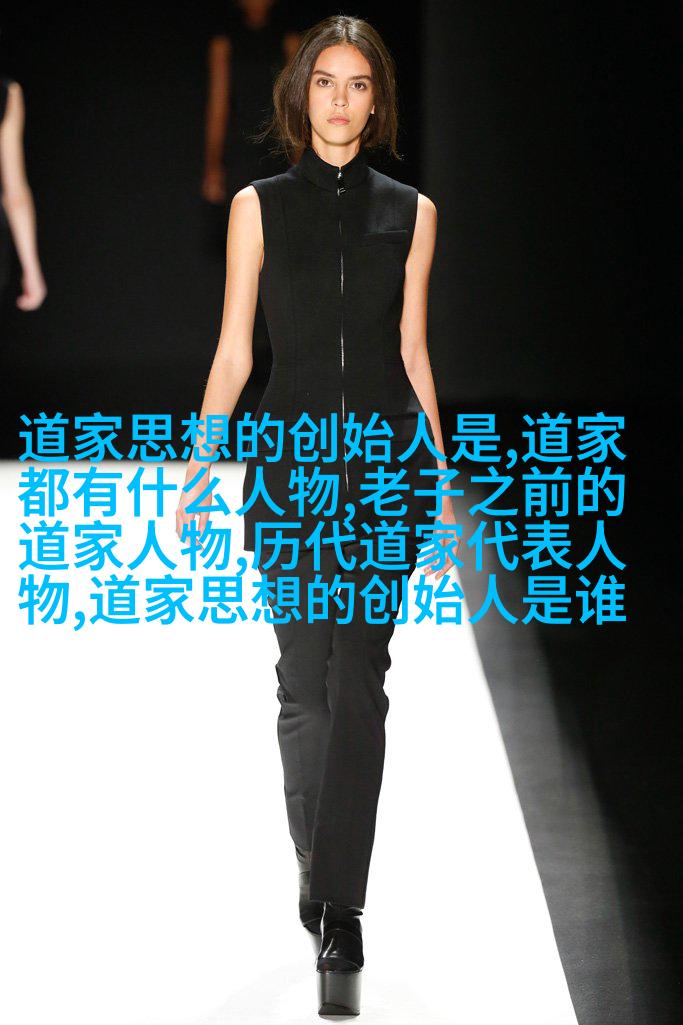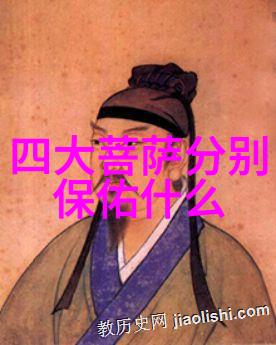中国传统艺术绘画作品,古人智慧的结晶

在我国悠久的历史长河中,传统艺术绘画作品成为了中华文化宝库中的瑰宝。它们不仅仅是色彩和线条的组合,更是承载着深厚文化底蕴和丰富生活情趣的一种表达形式。在这些作品中,每一笔勾勒都透露出作者对自然、社会和人类命运的独特见解。
首先,我们要谈谈中国传统绘画的技法。中国画家们有着自己的独特创作方法,这些技法经过几千年的发展,不断地演变出多种不同的风格。比如说,水墨作为一种基本媒介,它能让画家以最为简洁的手法描绘出丰富的情感与景象。而色彩则更加精致细腻,以红、绿、蓝等颜色的搭配营造出生动活泼或宁静恬淡的氛围。

其次,我们要了解一下中国传traditional arts and paintings in China are a reflection of the country's rich cultural heritage. They embody the wisdom, creativity, and artistic skills of our ancestors. These works have been passed down through generations, and their value lies not only in their aesthetic appeal but also in the stories they tell about Chinese society, history, and philosophy.
Let us take a closer look at some of these masterpieces. The famous "Along the River During Qingming Festival" by Zhang Zeduan is an excellent example. Painted during the Song Dynasty (960-1279 AD), this scroll depicts scenes from daily life along a riverbank during a festive period. It showcases not only technical skill but also social commentary on class divisions and social hierarchy at that time.

Another iconic piece is "The Night Revels of Han Xizai," attributed to Gu Hongzhong (also known as Ma Yuan). This painting tells us about the lavish lifestyle of wealthy officials during the Five Dynasties period (907-979 AD). We see them indulging in wine, music, poetry recitation, and other leisure activities with courtesans.
These traditional artworks are not just beautiful images; they carry historical significance too. They provide insights into how people lived centuries ago – what they ate for dinner or how they entertained themselves after work – as well as their beliefs about nature and human relationships.

In addition to its artistic beauty and historical importance, Chinese traditional art has played an essential role in promoting cultural exchange between different regions within China itself as well as with foreign countries throughout history. For instance, Buddhism was introduced to China from India via Central Asia around 2000 years ago; it had profound influences on Chinese art forms such as painting sculpture etc., resulting in new styles blending elements from both Eastern & Western traditions .
Today we can still appreciate these pieces at museums across China like Palace Museum Peking University Art Museum etc., where visitors flock to admire them up close while learning more about our rich cultural legacy .

标签: 道家思想的创始人是谁 、 老子之前的道家人物 、 道家思想的创始人是 、 道家都有什么人物 、 历代道家代表人物



